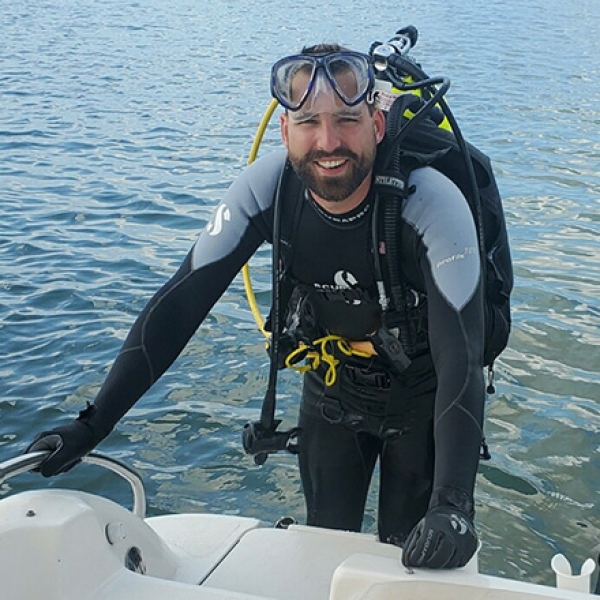With temperatures rising globally, cold weather extremes and freezes in Florida are diminishing – an indicator that Florida’s climate is shifting from subtropical to tropical. Tropicalization has had a cascading effect on Florida ecosystems. In Tampa Bay and along the Gulf Coast, University of South Florida researchers found evidence of homogenization of estuarine ecosystems.
While conducting fieldwork in Tampa Bay, lead author Stephen Hesterberg, a recent graduate of USF’s integrative biology doctoral program, noticed mangroves were overtaking most oyster reefs – a change that threatens species dependent on oyster reef habitats. That includes the American oystercatcher, a bird that the Florida Fish and Wildlife Conservation Commission has already classified as “threatened.”
Working alongside doctoral student Kendal Jackson and Susan Bell, distinguished university professor of integrative biology, Hesterberg explored how many mangrove islands were previously oyster reefs and the cause of the habitat conversion.
The interdisciplinary USF team found the decrease in freezes allowed mangrove islands to replace the previously dominant salt marsh vegetation. For centuries in Tampa Bay, remnant shorelines and shallow coastal waters supported typical subtropical marine habitats, such as salt marshes, seagrass beds, oyster reefs and mud flats. When mangroves along the shoreline replaced the salt marsh vegetation, they abruptly took over oyster reef habitats that existed for centuries.
Read more at University of South Florida
Image: Stephen Hesterberg researching Tampa Bay's oyster reefs (Credit: University of South Florida)


